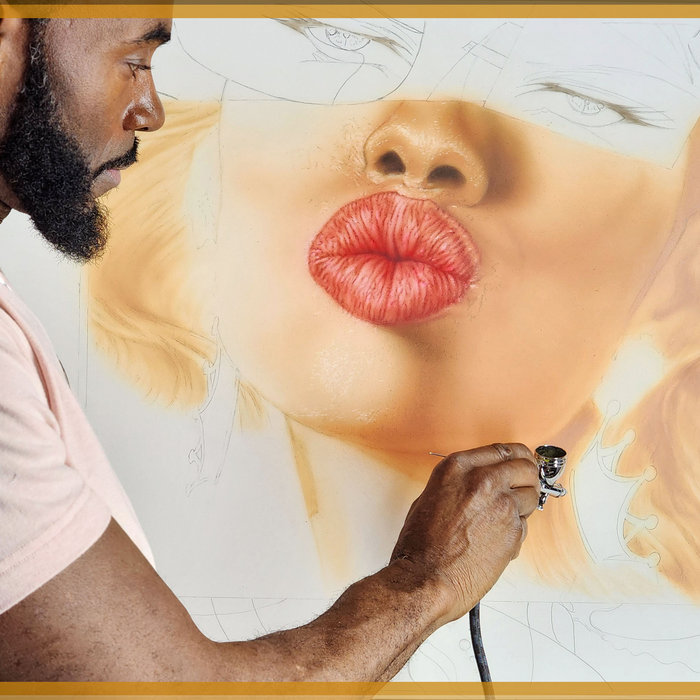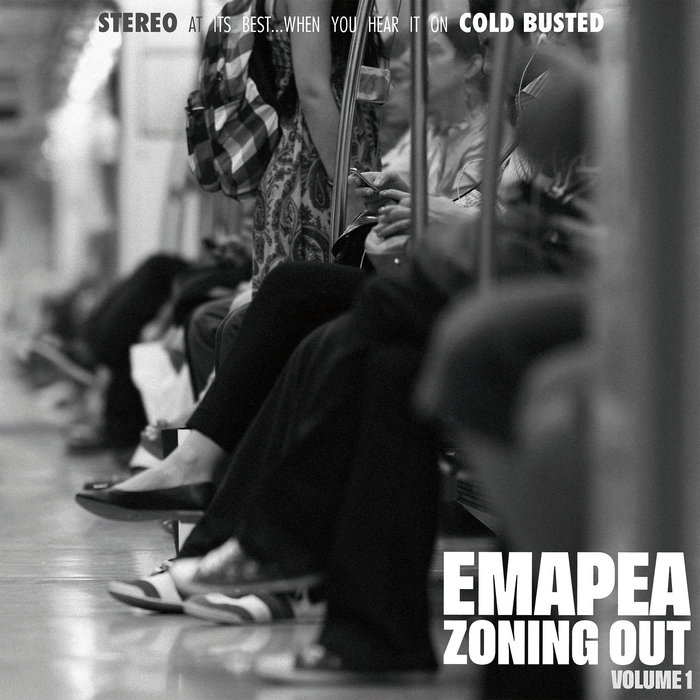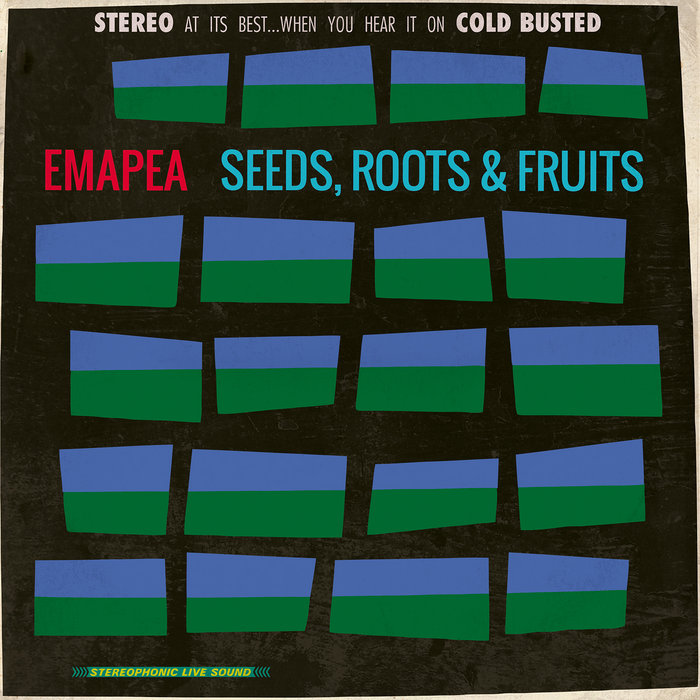
I Want You – KingKirkTheArtist Feat: Marvin Gay – King Kirk The Artist
this blog is GROOVY – check out great Soul, Funk, Jazz, Hip Hop, Bass, Breaks , Reggae, House n many more TUNES
Yo! Welcome to the vibrant world of 90’s hip hop, a decade that slapped us with iconic beats, lyrical fire, and some seriously unforgettable personalities. So grab your boom box and let’s take a groovy ride through the history of this killer genre!
Hip hop ain’t just music; it’s a culture! Emerging from the streets of New York City in the late 70s, this movement blossomed into full-blown cultural dominance by the 90s. The decade saw hip hop evolve from its underground roots into mainstream adoration—thanks to pioneering artists who made waves with their words.
As we cruised through the early ‘90s, acts like A Tribe Called Quest, De La Soul, and Public Enemy laid down tracks that were both catchy and message-driven. Their tunes tackled everything from social injustices to good old-fashioned partying.
But hold up! As hip hop grew in popularity, so did rivalries—especially between East Coast (NYC) and West Coast (LA) artists. This turf war got heated in the ’90s, leading to some epic diss tracks and beef that even spilled over into real-life drama.
Who could forget when Tupac Shakur dropped “Hit ‘Em Up,” rolling out more diss than an average family reunion? And on the flip side, Biggie Smalls came back strong with “Who Shot Ya?” Talk about bringing a knife to a gunfight!
Tupac & His Poetry: Before he was spitting bars as Tupac Shakur, young Pac was writing poetry at Baltimore School for the Arts—he even read Shakespeare! Imagine hearing “To be or not to be” mixed with some heavy bass!
Will Smith Wasn’t Always Fresh: Yes folks, the Will Smith started off as MC Hammer Lite before hitting it big as one of Hollywood’s highest-paid actors. Gotta love how he went from rapping “Parents Just Don’t Understand” to facing aliens in blockbuster films.
Dr Dre & His Hair Products: Dr Dre bet his entire fortune on Beats by Dre headphones…and became richer than ever while never needing hair gel again!
Busta Rhymes’ Tongue Twister Skills: Known for his lightning-fast flow, Busta once boasted that he can rap faster than you can say “supercalifragilisticexpialidocious.” He might just give Mary Poppins a run for her money!
Biggie Only Had One Chance: In his classic track “Juicy,” you know what they say? Biggie claims he had dreams of being rich—and guess what? He didn’t have time for no plan B because life threw him right after Plan A like confetti at New Year’s Eve!
The ‘90s was undeniably rich in talent across all corners:
Each artist contributed threads into this intricate tapestry known as ’90s Hip Hop—a fusion where each beat would make ya tap your feet harder than grandma dancing at Thanksgiving dinner.
Let’s break down some breakout albums worth mentioning:
Enter The Wu-Tang (36 Chambers) – Wu-Tang Clan expanded hip-hop’s universe beyond just raps; they introduced kung-fu aesthetics which inspired countless movie nights.
Ready To Die – Biggie showed us how storytelling could elevate music…and turn your living room into an emotional rollercoaster.
The Chronic – With every puff-puff-pass moment captured neatly within Dre’s production skills—it redefined West Coast vibes forevermore!
The Score – It wasn’t merely an album but rather an experience packed with feel-good jams like “Killing Me Softly.” Perfect for any BBQ party without missing those summertime feels.
As we saunter towards today amidst endless streaming options flooding our feeds—we see remnants from our beloved ‘90s era living on through current artists sampling those same funky rhythms or repping styles harking back decades prior (#ThrowbackThursday anyone?).
But wait—the charm is not just nostalgia! Tracks reminiscent of these legends keep spinning new-like vinyl records constantly enthralling fresh listeners worldwide weekly thanks largely due underappreciated women producers crafting golden wonders behind-the-scenes pipes too often ignored historically speaking—as if no-one knew Queen Latifah ran everything before Nicky Minaj stole hearts away across generations later on?!
So there ya have it—the funky tale surrounding ’90s hip hop told straight-up without sugar-coating fluff here folks because why lie when we’re vibin’ high?! From playful banter between crews trying flex their skills towards lovable humor intertwined reminding us all why these songs still stick around today ready revive windows open blasting cross-countries transporting lives transformed one track-loop currently resonant…
Now go out there groove on-repeat cause life will always echo beats but only certain harmonies remain timeless forever forward ahead earning respect amongst peers until next round drop hands waving peace-out friends! ✌️

I Want You – KingKirkTheArtist Feat: Marvin Gay – King Kirk The Artist

Zoning Out Volume 1 – Emapea

Seeds, Roots & Fruits – Emapea